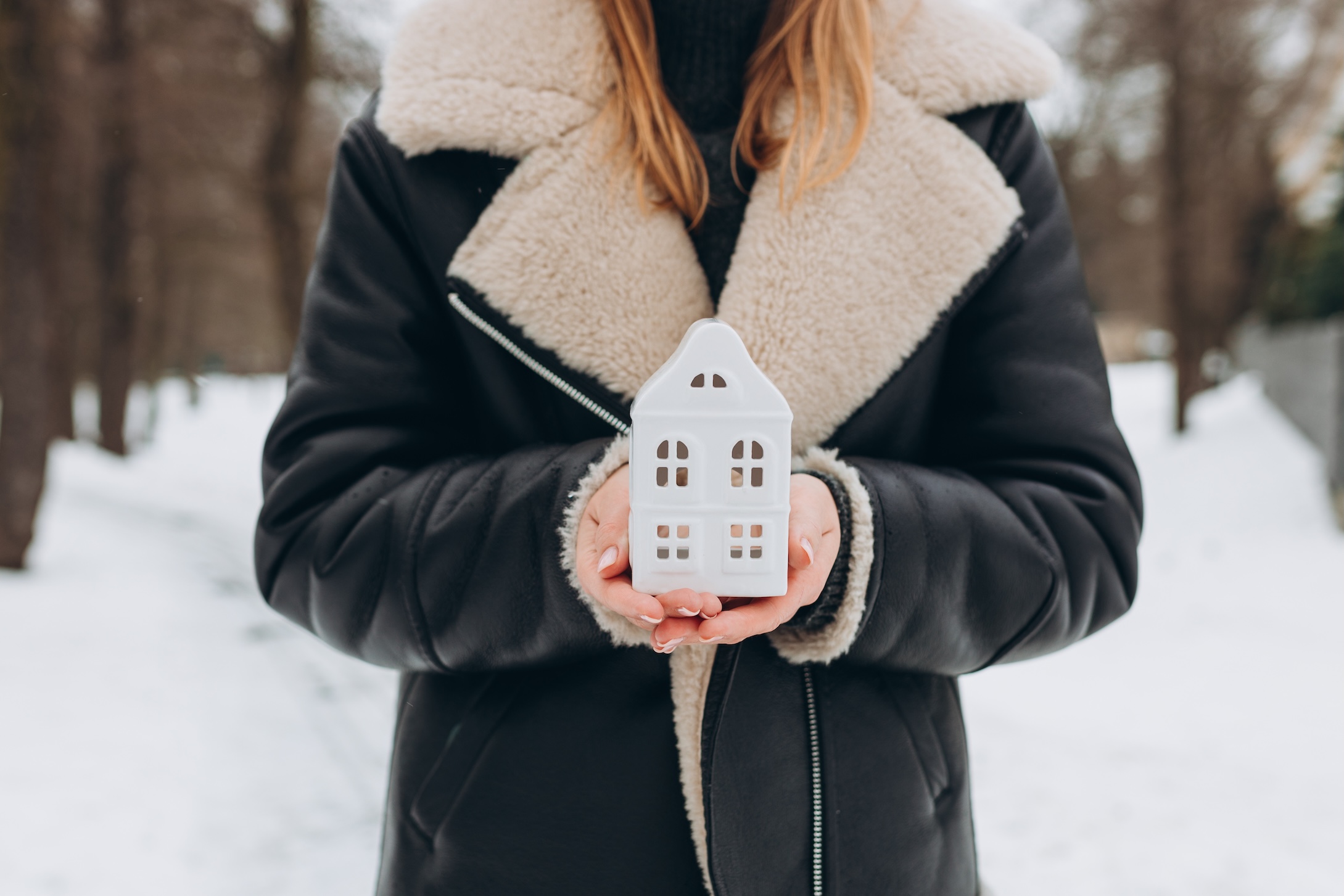
How to Winter-Proof Your Home to Avoid Insurance Claims
Winter can be tough on homes, but a little prep now can save you a lot of hassle—and money—later. From protecting pipes to keeping your roof intact, winter-proofing your home is like giving it a warm winter coat. Not only does this help prevent common winter woes, but it can also help you avoid costly insurance claims.
At Cavik Insurance, we’ve seen it all, and we’re here to help homeowners in North Carolina and South Carolina stay safe, sound, and stress-free through the colder months.
Why Winter-Proofing Is Important
Winter weather, even in areas with milder climates like Wilmington or Fayetteville, NC, can wreak havoc on homes. Burst pipes, roof damage, and power outages are just a few potential problems. The National Weather Service reports that property damage from winter storms averages $1 billion annually in the U.S., underscoring the need for preparation.
By taking preventive measures, you can minimize the damage, avoid hefty repair bills, and reduce the chances of filing an insurance claim. Think of it this way: a little effort now can mean a season of peace later.
Tips to Winter-Proof Your Home
1. Protect Your Pipes
When temperatures drop, exposed pipes are at risk of freezing and bursting, which can lead to significant water damage. Here’s how to keep your plumbing safe:
- Insulate pipes in unheated areas like basements, crawl spaces, and attics. Pre-slit foam or pipe wrap works great.
- Allow faucets to drip during freezing weather to relieve pressure and prevent freezing.
- Shut off outdoor faucets and drain garden hoses to avoid frozen water in your plumbing system.
2. Inspect Your Roof
Your roof is your home’s first defense against winter weather. A small issue now could become a major headache later.
- Check for loose or missing shingles and replace them before snow or ice can sneak in.
- Clear gutters of leaves and debris to prevent ice dams, which can cause water to back up under your shingles.
- Consider a professional inspection to catch any hidden problems that might not be obvious.
For more tips on home maintenance, visit Cavik Insurance’s Blog.
3. Seal Drafts and Cracks
Drafty homes not only waste energy but can also let in moisture that leads to damage.
- Use weatherstripping to seal doors and windows.
- Caulk cracks around windows, doors, and exterior walls to keep warm air inside.
- Check your attic insulation—it’s a cost-effective way to prevent heat loss and reduce energy bills.
4. Prevent Ice and Snow Build-Up
While snow may look magical, it can cause serious problems for your home.
- Keep a snow shovel or roof rake handy to clear excessive snow, even if it’s never expected in your area.
- Use pet-safe ice melt to prevent slippery driveways and sidewalks without harming furry friends.
- Ensure proper drainage around your home to prevent water from pooling and freezing near the foundation.
5. Service Your Heating System
A well-maintained heating system can keep your home warm and safe.
- Schedule a professional HVAC check-up to ensure your system is working efficiently.
- Clean or replace air filters for better performance and air quality.
- If using space heaters, follow safety guidelines to avoid fire risks—keep them on flat surfaces and away from flammable materials.
6. Test Your Smoke and Carbon Monoxide Detectors
Winter brings increased use of heaters and fireplaces, raising the risk of fires or carbon monoxide leaks.
- Test your smoke and carbon monoxide detectors and replace the batteries.
- Consider installing additional detectors near bedrooms and living areas for added safety.
7. Prepare for Power Outages
A winter storm can knock out power, leaving you in the cold and dark. Be ready with these essentials:
- Stock up on flashlights, batteries, and blankets.
- Keep a supply of non-perishable food and water.
- Invest in a backup generator for critical appliances, especially if someone in your home relies on medical equipment.
Learn more about protecting your home from common and uncommon risks through tailored insurance coverage.
Common Winter Insurance Claims and How to Avoid Them
The most frequent winter-related insurance claims include:
- Water Damage: Often caused by frozen pipes or roof leaks.
- Fire Damage: Space heaters, overloaded circuits, and chimneys can be culprits.
- Liability Claims: Slips and falls on icy driveways or sidewalks can lead to lawsuits.
Taking preventive measures—like insulating pipes, clearing walkways, and servicing heating systems—can significantly reduce the likelihood of these claims.
How Cavik Insurance Can Help
At Cavik Insurance, we understand the unique needs of homeowners in areas all over North Carolina and South Carolina. Here’s how we’ve got your back:
- Expert Policy Reviews: We’ll help ensure your home insurance covers potential winter risks.
- Smooth Claims Process: If the unexpected happens, our team is here to guide you through filing your claim with ease.
- Tailored Coverage: From protecting outside structures to ensuring you’re covered for water damage, we’ll find the best solutions for your needs.
Give us a call to get a quote on your next insurance policy. Don’t wait until it’s too late!
FAQs About Winter-Proofing and Insurance
Q: Does insurance cover burst pipes?
Most home insurance policies cover water damage from burst pipes, provided the damage wasn’t due to neglect, like failing to maintain heat in the home. However, consult with an insurance professional to see if there are any limitations on the policy due to type or age of plumbing.
Q: Is damage to outside structures covered under insurance?
Yes, many policies cover detached structures like garages or sheds, but it’s a good idea to confirm your specific coverage with Cavik Insurance.
Q: Will my policy cover damage from ice or snow?
Most policies cover damage from ice and snow, such as a collapsed roof or water infiltration, but certain exclusions may apply.
Stay Safe and Warm This Winter with Cavik Insurance
Winter-proofing doesn’t have to be overwhelming. Tackling a few simple tasks now can save you from major headaches later. At Cavik Insurance, we’re here to help you stay protected, whether it’s through preventive advice or personalized coverage options.
Need help reviewing your insurance before winter? Contact Cavik Insurance today—we’re here for you in Leland, Carolina Beach, Fayetteville, and beyond! Together, let’s make this winter as warm and worry-free as possible.

